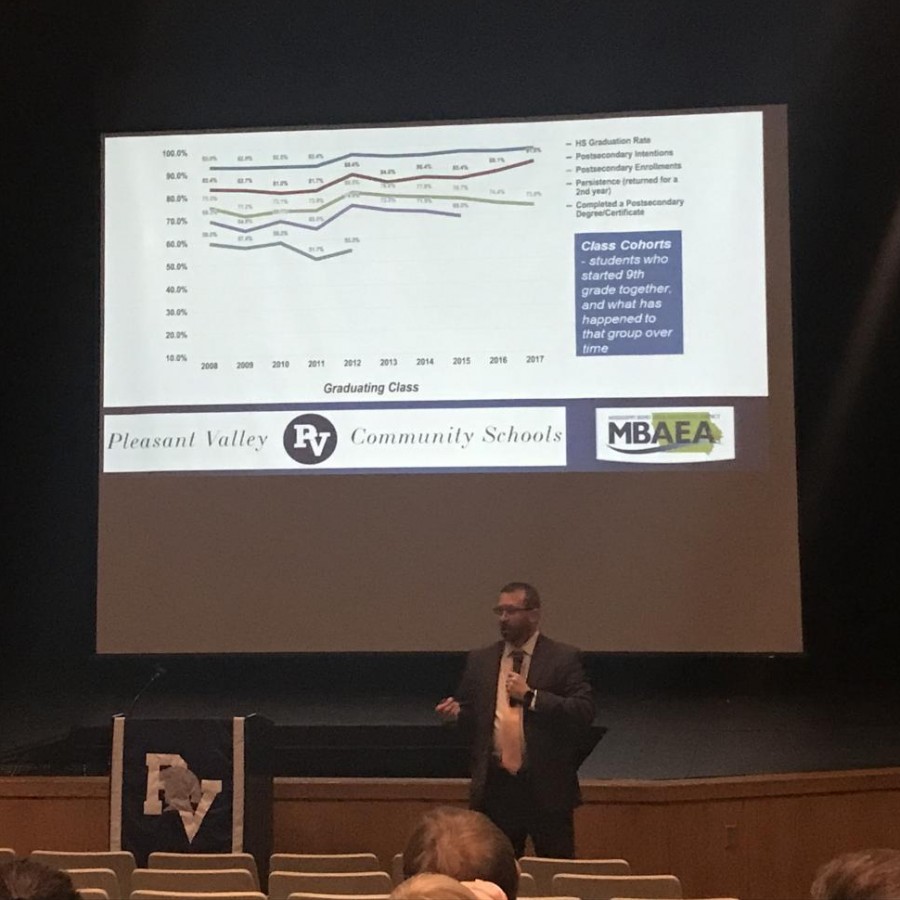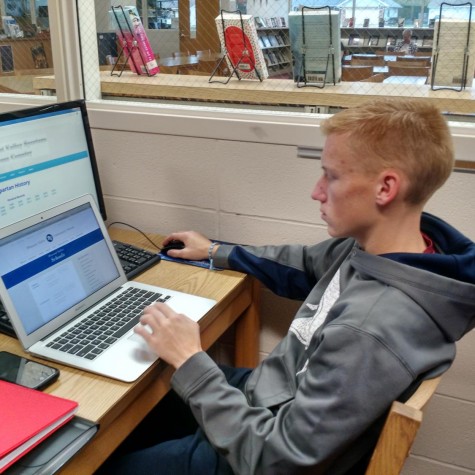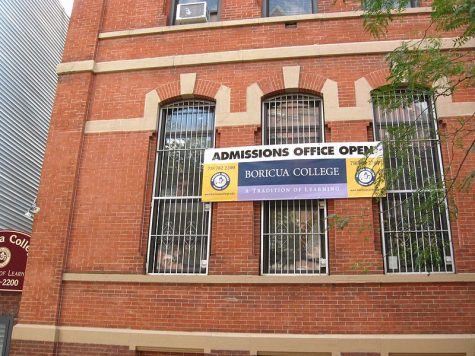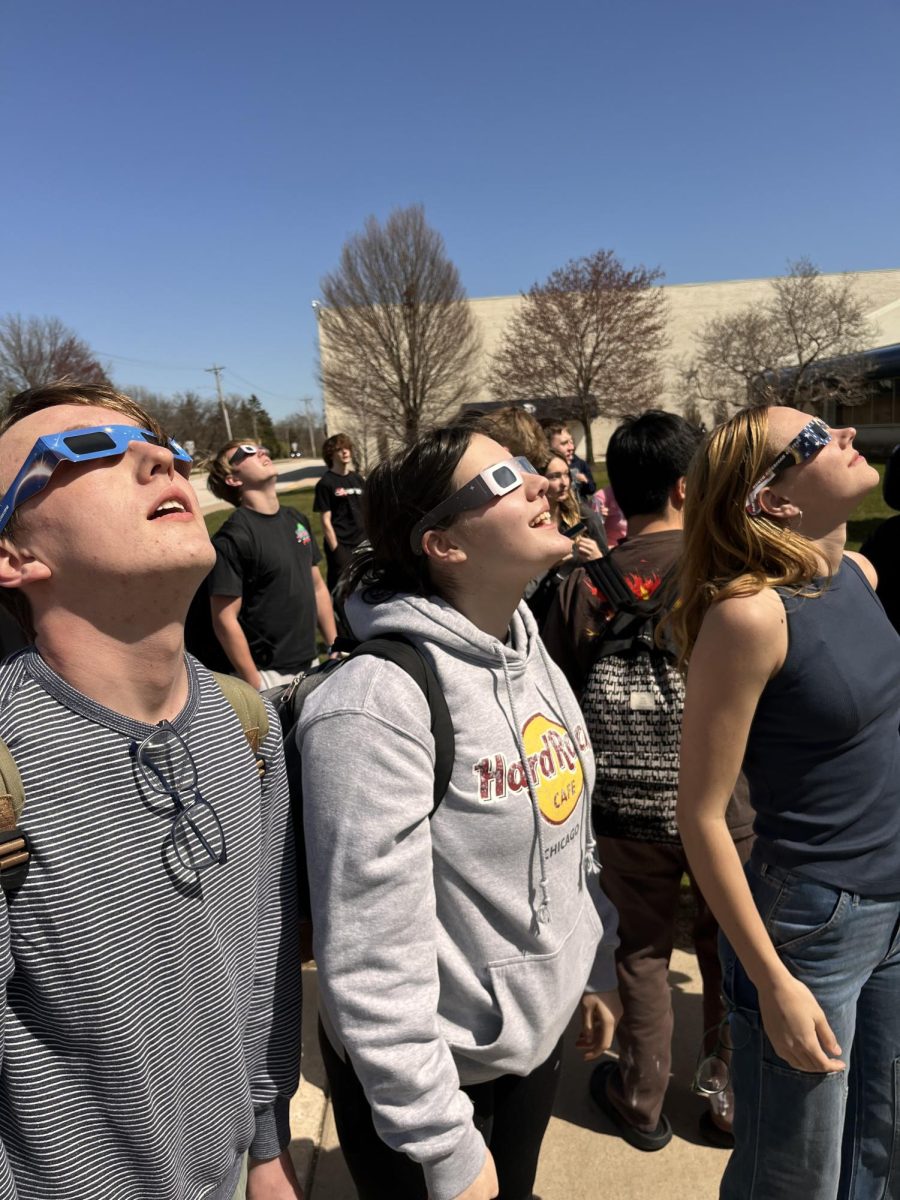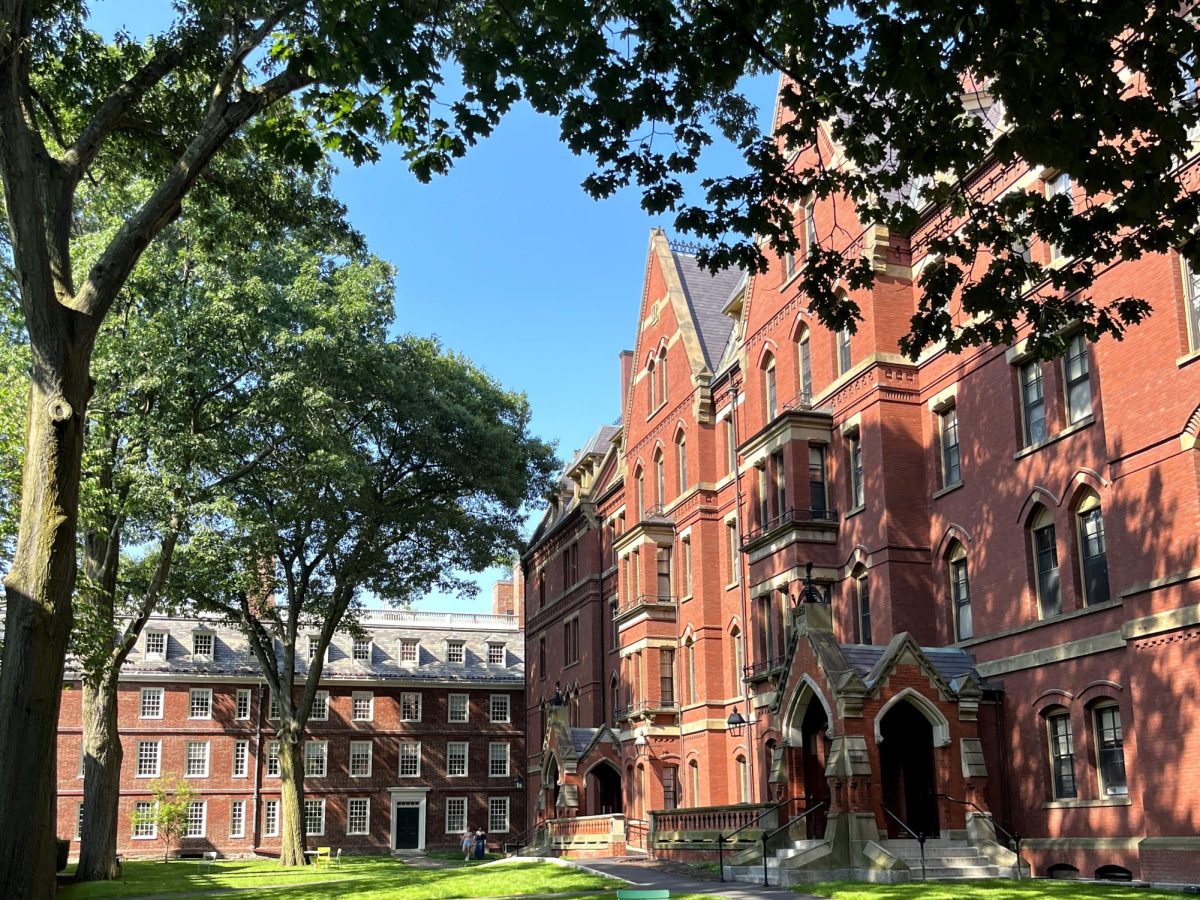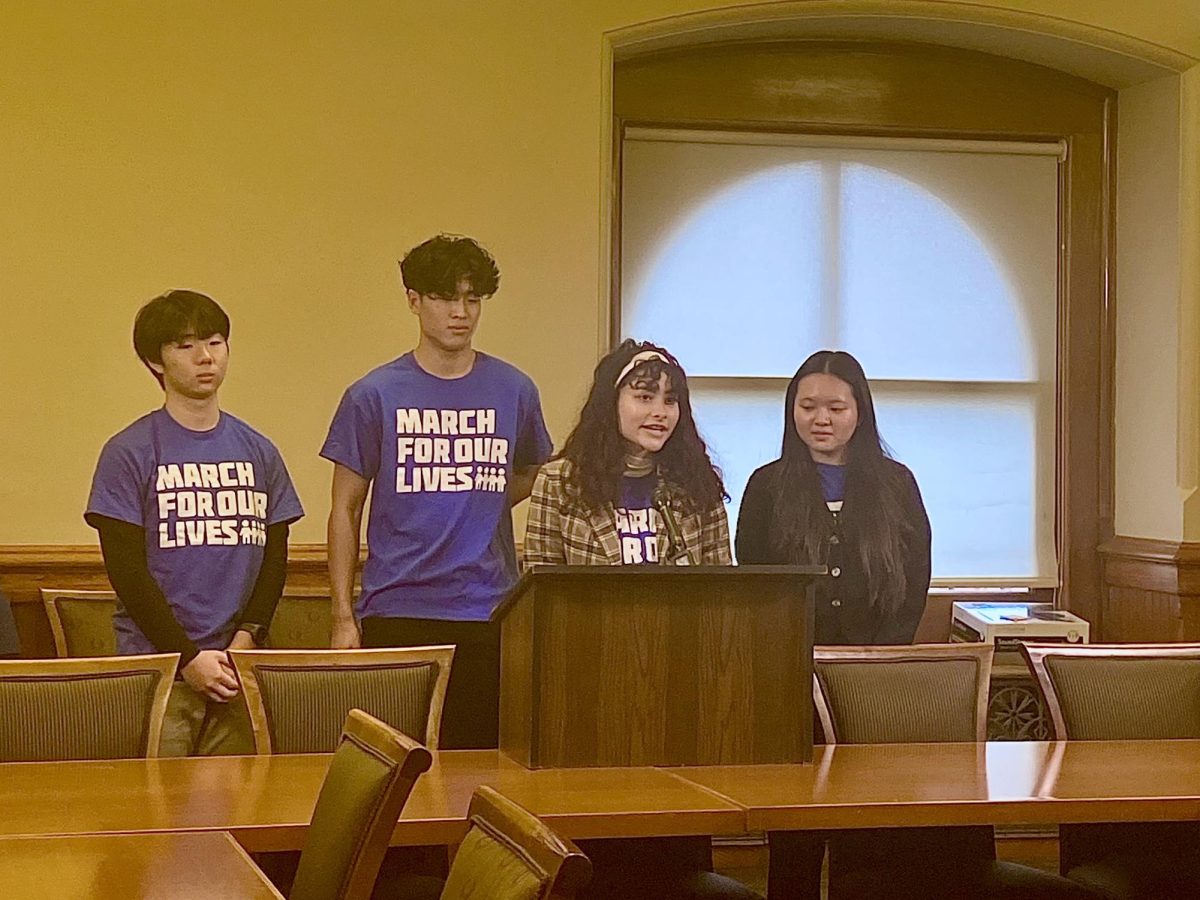The Pleasant Valley High School graduation rate from 2017 was 97.3 percent, an impressively high number that has remained consistently high in the past 10 years. However, while the graduation rate has stayed in the upper 90s, the percentage of students completing a post-secondary education has perpetually plummeted to the low 60s.
For both PV’s principal and superintendent, Mike Zimmer and Jim Spelhaug, this issue is one that sparks concern. The costs far outweigh the benefits of not completing a post-secondary education, and many don’t know the long-lasting damages it creates. Many different issues attribute to the failure of attendance and completion of a post-secondary education, and Spelhaug and Zimmer hope to raise awareness of the issue.
Spelhaug talked about ways the district is moving forward in order to address this pressing issue. “ Our job as a k-12 [district] used to be to see kids graduate, and graduate well prepared. What that’s now turning to, is to see that [students] not only graduate well prepared, but go on to some sort of post-secondary education or training and that [they] complete it — Jim Spelhaug
Zimmer offered ways for students to take advantage of PV’s unique opportunities for experience in academics and job shadows pertaining to students’ interests. “Mrs. Johnson’s position is unique, no one else has what she does. She can offer students job shadows and internships while also allowing students to participate in and look at academies.”
He urges students to take advantage of the different academies PV has to offer such as the computer science academy, the John Deere Engineering Academy, the education academy and so many more. He hopes it will increase student readiness for post-secondary options if they have already had experience in a field they wish to pursue.
Spelhaug’s goal is to increase the number of students who are ready to move on to a post-secondary education. He hopes to grow the number of students who are finishing their post-secondary education and earning a degree. He fears that in the 21st century, students who don’t have some sort of post-secondary credential are signing themselves up for some sort of economic desperation.
Generally, the only way students are able to avoid that desperation is if their parents help them out financially or they somehow get extremely lucky. “I would prefer our graduates don’t leave things up to luck,” Spelhaug said. One major issue that results in the failure of students finishing their post-secondary education is taking a gap year or semester. Spelhaug strongly advises that students don’t do this as it causes the likelihood of completion to diminish greatly.
“The chances of graduates that don’t act on their post-secondary intentions right after they get out of high school finishing their post-secondary degree, plummets to under a 10 percent chance,” said Spelhaug proving just how disastrous one year or semester can be for a student. That one decision can affect a student’s entire future.
Full-time enrollment in a college or university becomes more difficult after postponing attendance for a year or more. Other life experiences, such as caring for a family, make it difficult to attend a post-secondary education full time. The National Center for Education Statistics found that half of the students who put off college for two to four years are independent of their parents. About 20 percent of those who put off college for one year have a child.
Aspirations to earn a bachelor’s degree decrease over time as well. By waiting a year to attend a college or university, the likelihood of enrolling in a four-year program declines by 30 percent. After a 10-year delay, only 8 percent of those who postponed college enrolled in a bachelor’s degree program.
“When my father was growing up, the general expectation was that 20 percent of the population would be educated at a baccalaureate level. Now as you’re graduating, that has flipped itself on its head. Now the challenge is educating about 80 percent of the population at a baccalaureate level,” commented Spelhaug, verbalizing just how much society has changed from generation to generation.
Degree completion also becomes less likely. Only 40 percent of those who wait a year or more to pursue a higher education graduate with a degree. Those independent from their parents tend to have a harder time finding the financial means to continue an education.
By postponing college, students can face an income loss of up to 58 percent per week.
The U.S. Bureau of Labor Statistics says that in 2012, high school graduates made $625 per week while a college graduate earned $1,066. And the unemployment rate almost doubled from college graduates with a bachelor degree to high school graduates. (4.5 to 8.3 percent).
According to the authors of a survey, Divided Recovery: College Have and Have-Nots, “Workers with at least some post-secondary education have also captured the vast majority of good jobs—jobs that pay more than $53,000 per year for full-time, full-year workers and come with benefits, such as employer-provided health insurance and a retirement plan.”
A new Georgetown University report shows that after the Great Recession, 11.5 million out of 11.6 million jobs went to applicants who had some form of college education on their resumes. That same study showed workers with at least some post-secondary education now make up 65 percent of the total employment: graduate degree holders gained 3.8 million jobs, Bachelor’s degree holders gained 4.6 million jobs, and Associate’s degree holders gained 3.1 million jobs, while those with a high school diploma or less added only 80,000 jobs.
Millennial college graduates ages 25 to 32 working full time earn about $17,500 more annually than those with only a high school diploma. The pay gap was significantly smaller in previous generations. In 1979, the typical high school graduate earned about three-quarters (77 percent) of what a college graduate made. However, today, millennials with only a high school diploma earn 62 percent of what the typical college graduate earns.
In a span of 48 years, the typical high school graduate’s earnings fell by more than $3,000, from $31,384 in 1965 to $28,000 in 2013. In 1965, young college graduates earned $7,499 more than those with a high school diploma, but today it has more than doubled to $17,500 among millennials ages 25 to 32.
As society has continued to change from generation to generation, the requirements and expectations for graduating students have continued to increase and evolve. What older generations were able to get away with won’t cut it in today’s day and age.
The demand for some sort of post-secondary credential will only continue to grow, and Spelhaug and Zimmer hope to enlighten Pleasant Valley’s students and community to this ever-increasing need.

